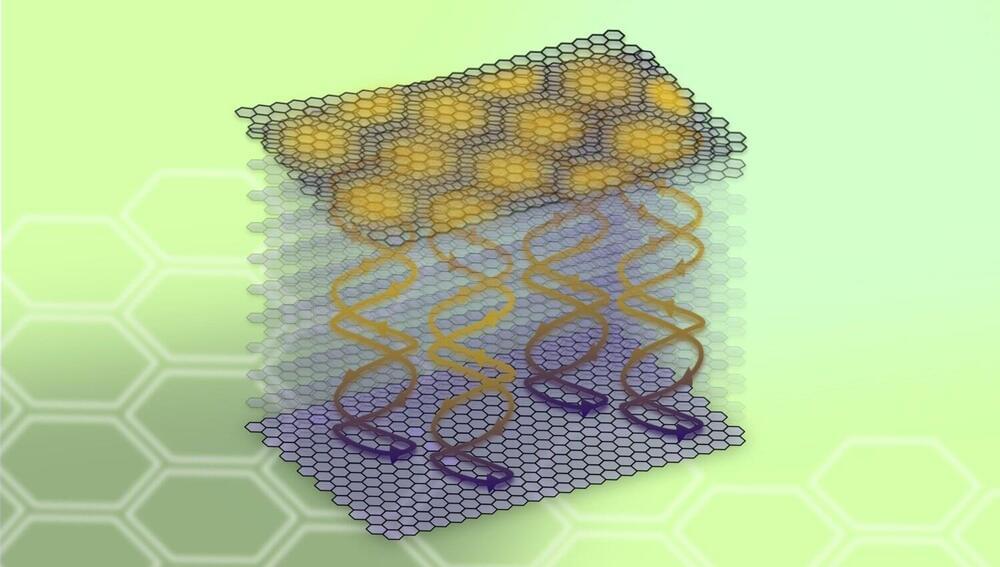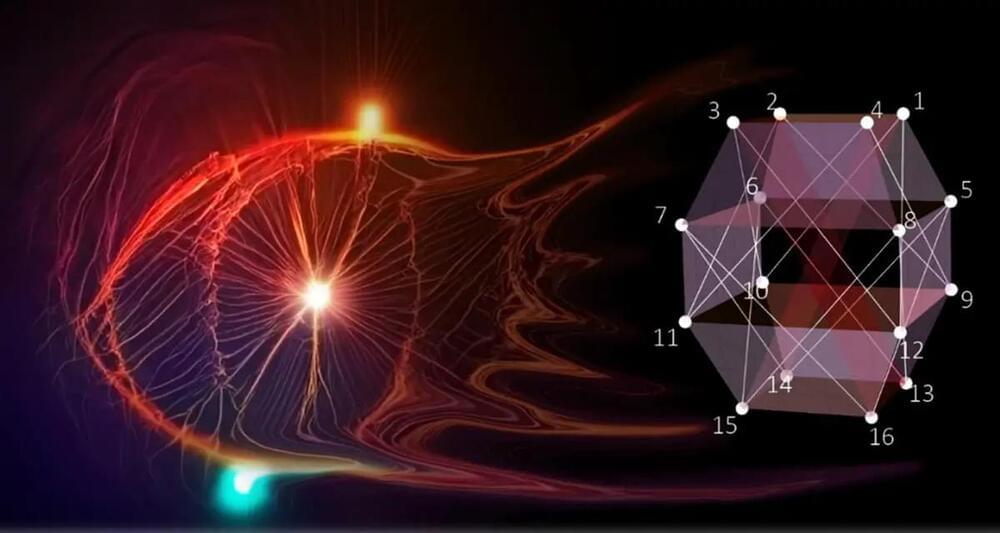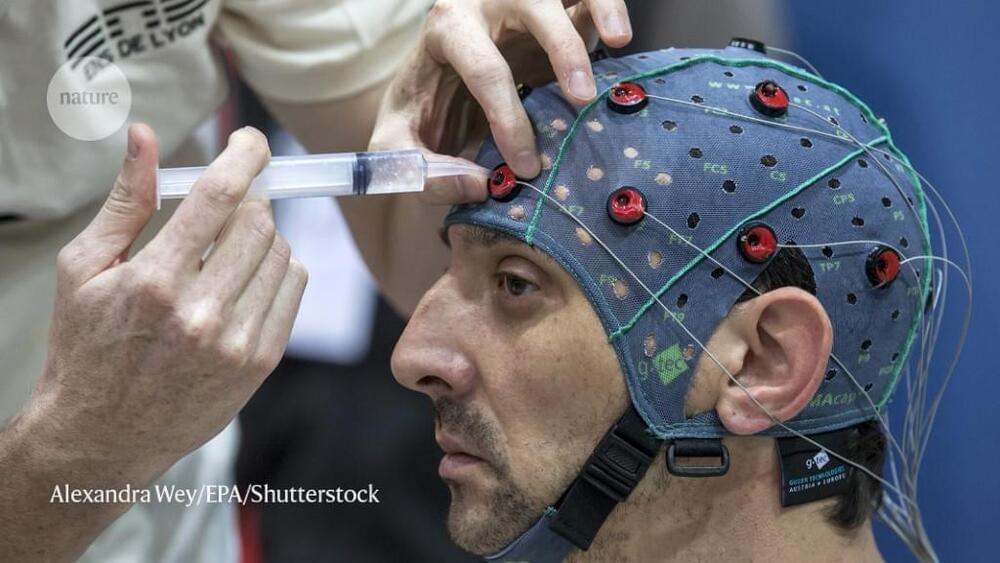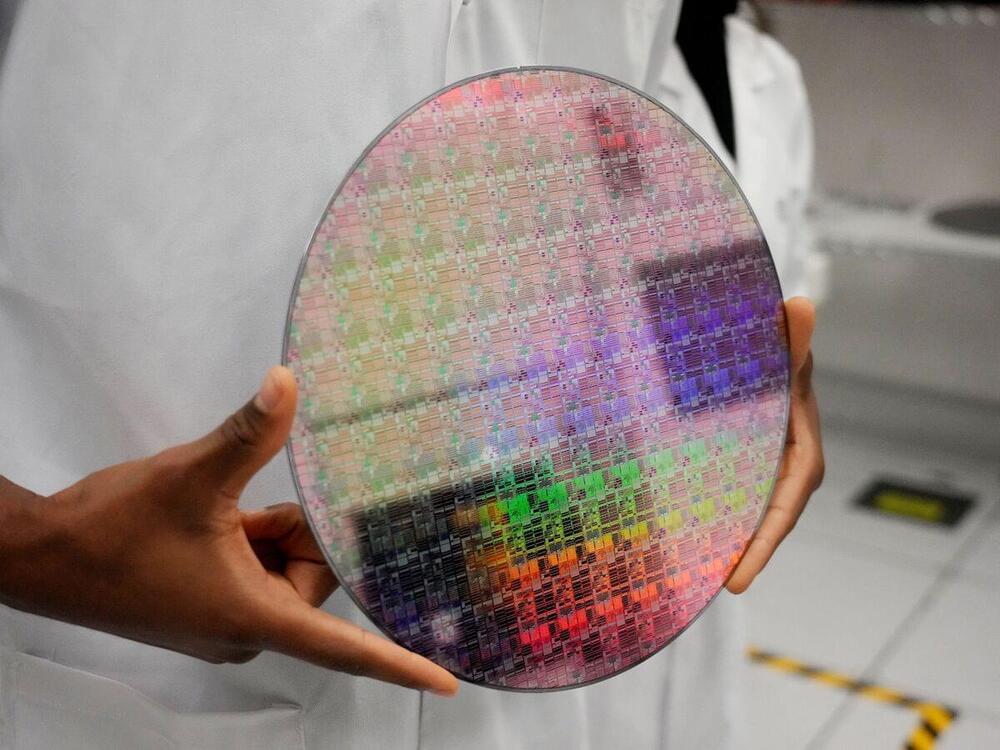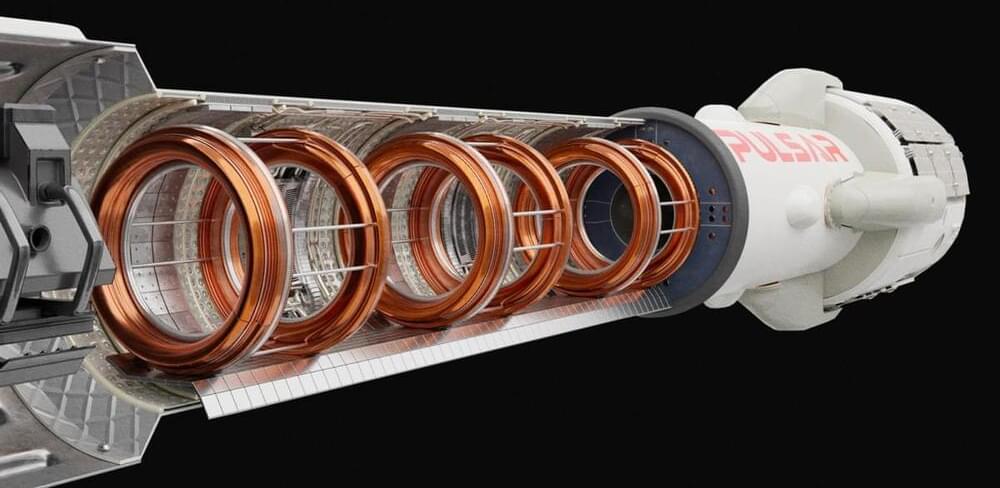For decades, scientists have been probing the potential of two-dimensional materials to transform our world. 2D materials are only a single layer of atoms thick. Within them, subatomic particles like electrons can only move in two dimensions. This simple restriction can trigger unusual electron behavior, imbuing the materials with “exotic” properties like bizarre forms of magnetism, superconductivity and other collective behaviors among electrons—all of which could be useful in computing, communication, energy and other fields.
But researchers have generally assumed that these exotic 2D properties exist only in single-layer sheets, or short stacks. The so-called “bulk” versions of these materials—with their more complex 3D atomic structures—should behave differently.
Or so they thought.
